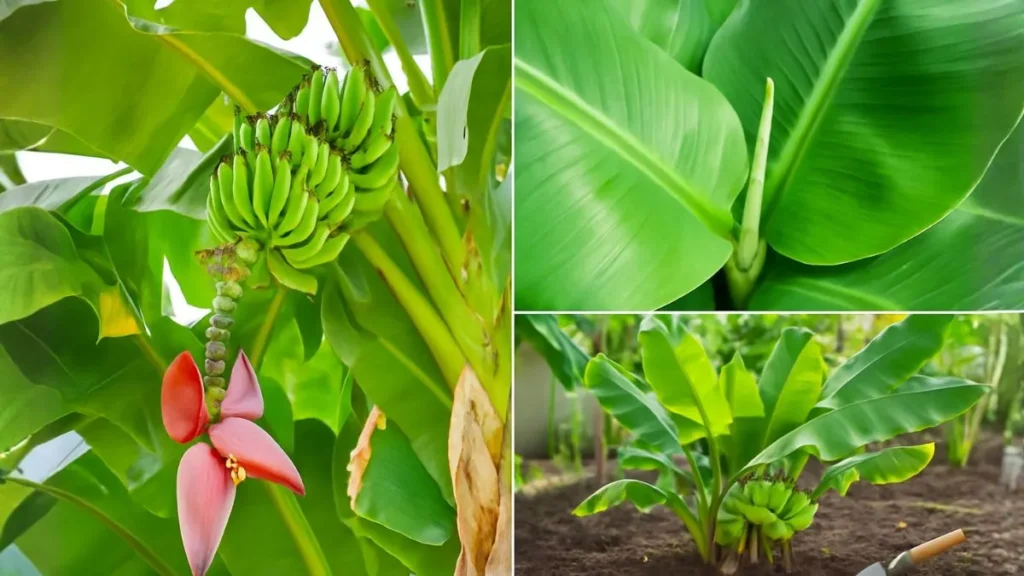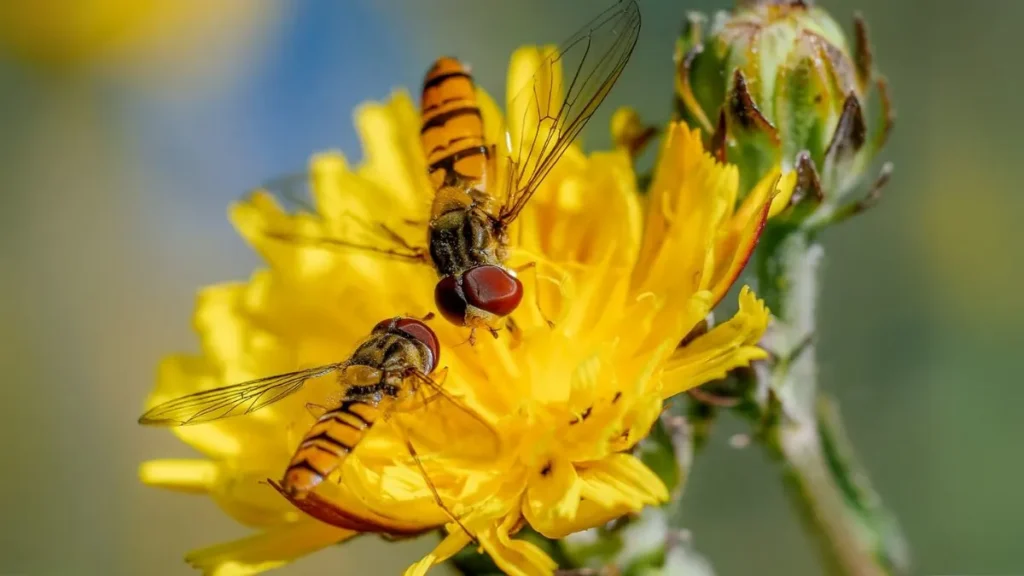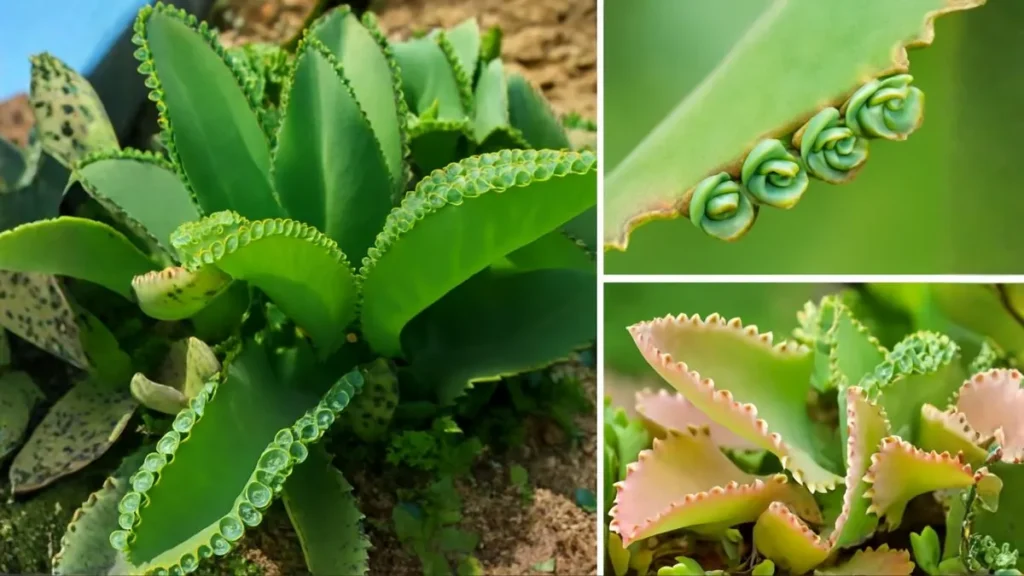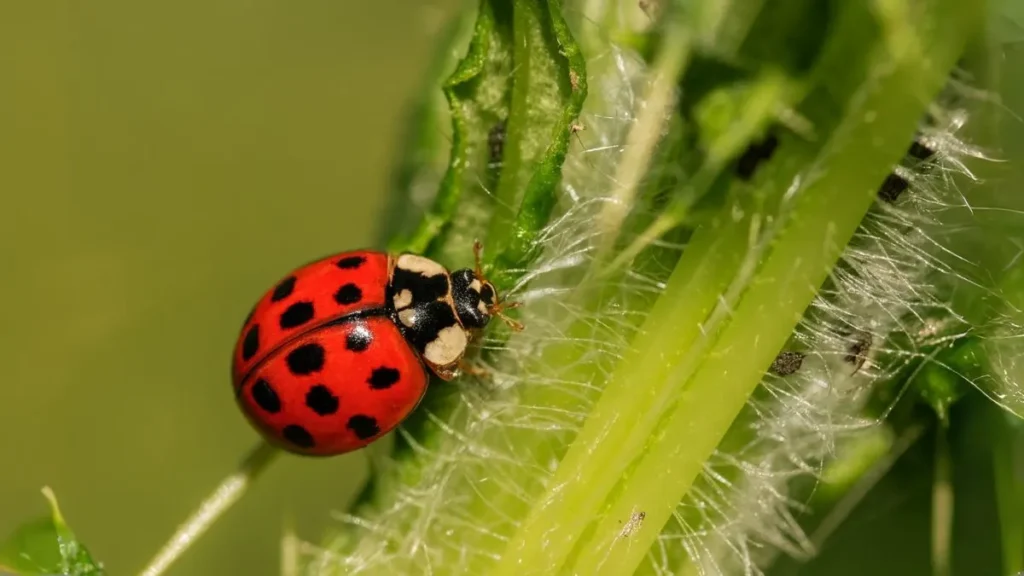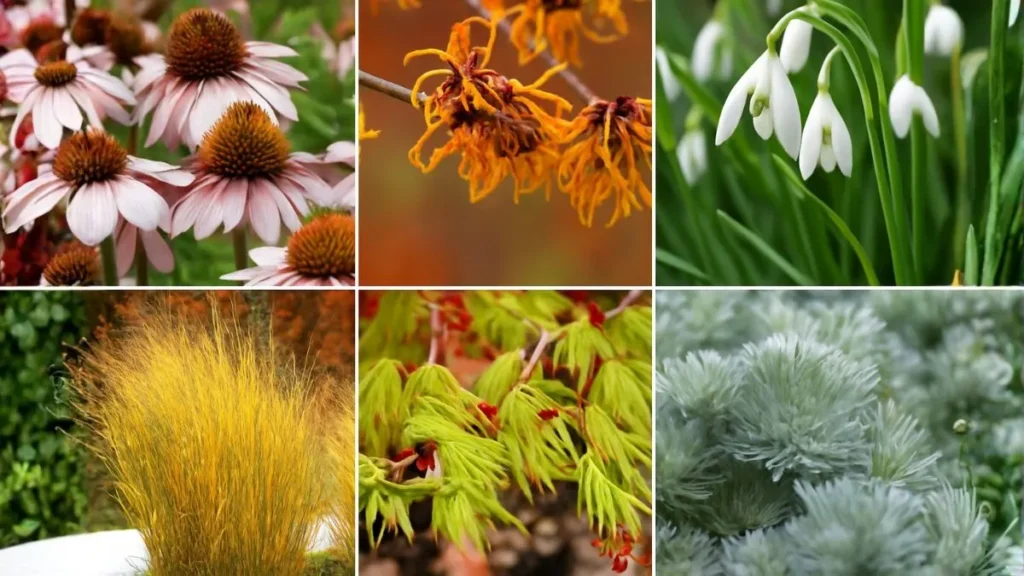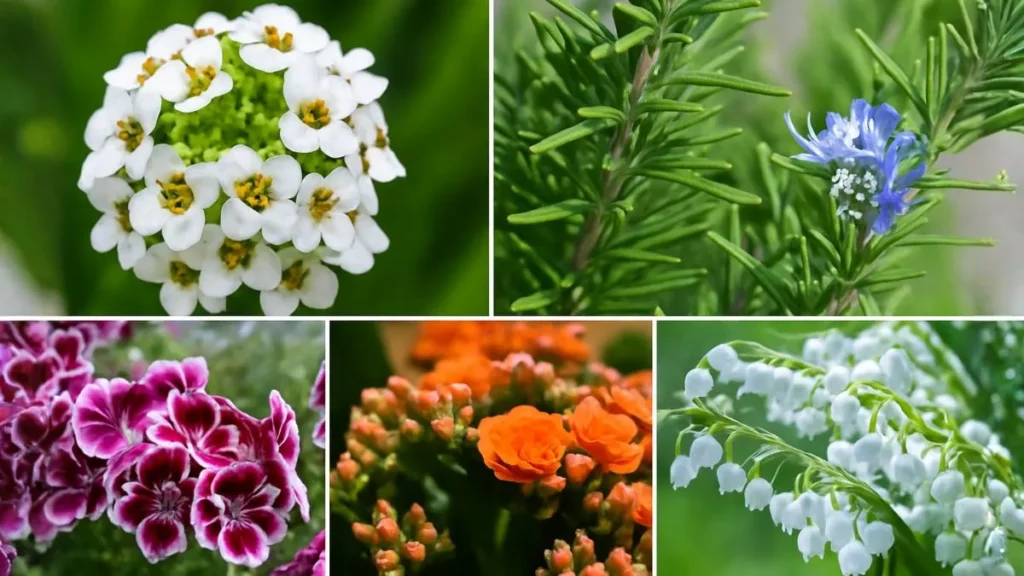Few things in gardening feel as rewarding as picking spices straight from your own plants. Among them, cinnamon is one of the most exciting and aromatic. Warm, earthy, and rich, it instantly elevates everything from baked goods to curries. The best part? You don’t need to live in Sri Lanka or India to grow it—you can cultivate cinnamon at home, even in regions like Canada and the USA, if you mimic its natural environment.
This guide will take you through every step of the process, from soil preparation to sunlight needs, while also sharing practical lessons I’ve learned from growing cinnamon myself.
Step 1: Starting the Plant
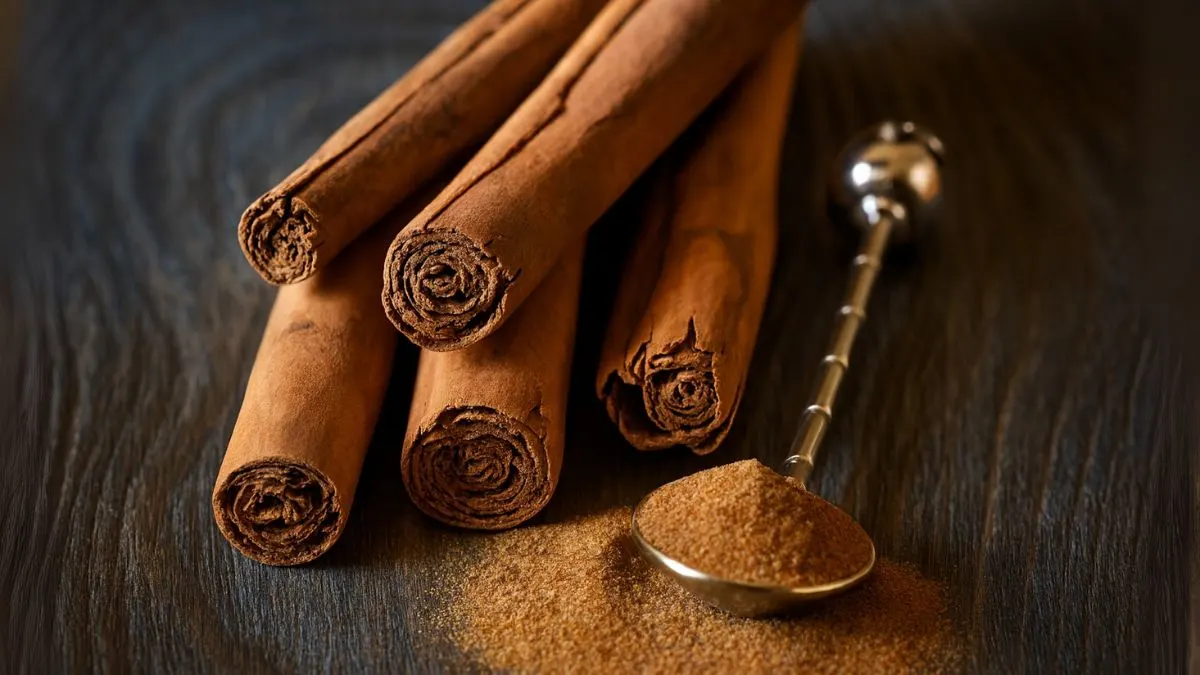
Your journey begins when you start by planting fresh seeds or cuttings in warm, humid conditions with well-draining, acidic soil (pH 5.5–6.5).
- Seeds – These require patience. They must be fresh because old seeds lose viability quickly. Consistent warmth and moisture are key for sprouting.
- Cuttings – A quicker route. Place semi-hardwood cuttings in a moist, humid environment and they’ll root faster.
When I first experimented, I used cuttings. Within weeks, new shoots appeared—proof that cinnamon adapts beautifully if you give it the right foundation.
Step 2: Choosing the Right Container
If you live in a tropical region, you can plant cinnamon directly in the ground. But for gardeners in temperate regions, container gardening works best. You should start with a large container that’s at least 18 inches across and 20 inches deep.
This allows the roots to spread comfortably and prevents the plant from getting root-bound. Plus, it gives you the flexibility to move the plant indoors during colder months.
Pro Tip: Terracotta or clay pots are better than plastic because they allow the soil to breathe. Just make sure to add drainage holes at the bottom.
Also Read: How to Identify Purple Dead Nettle
Step 3: Preparing the Soil
The secret to growing healthy cinnamon lies in the soil mix. Always grow it in a pot of well-drained, acidic soil. In fact, they also require a slightly acidic soil pH between 5.5 and 6.5, which mimics their tropical forest habitat.
Here’s a proven mix you can try:
- 50% high-quality potting soil
- 25% perlite or sand for drainage
- 25% compost for organic richness
This combination keeps the soil airy and nutrient-rich while ensuring excess water drains quickly. I found that when I switched to this mix, the leaves on my cinnamon plant became glossier and healthier.

Step 4: Watering and Moisture
One of the biggest mistakes beginners make is overwatering. The golden rule is to keep the soil moist, not soggy. In summer, watering two to three times a week works well, but always check first: if the top inch of soil feels dry, it’s time to water.
I once overwatered mine, and within days the leaves turned yellow—a reminder that cinnamon prefers balance. Humidity is also essential, so mist the leaves occasionally if you’re growing indoors.
Step 5: Sunlight Needs
For proper growth, almost six to eight hrs of direct sunshine is needed for proper growth. Cinnamon loves full sun but can tolerate partial shade in very hot climates. If you’re growing it indoors, place it near a south-facing window or supplement with grow lights during winter months.
In my own experience, moving the plant to a sunnier balcony made all the difference—the new leaves grew faster and the aroma became stronger.
Also Read: Monstera Plant Varieties You Can’t Stop Staring At
Step 6: Long-Term Care and Harvesting
Cinnamon trees are slow growers, so patience is key. With consistent care, you can start harvesting small amounts after 2–3 years. The bark is the main source of spice: peel thin strips from mature stems, dry them, and you’ll have authentic, homemade cinnamon sticks.
But the bark isn’t the only treasure. The leaves are also aromatic and can be used in teas, curries, or even potpourri. This makes the cinnamon tree not only practical but also multi-purpose.
My Personal Gardening Experience
When I first planted cinnamon on my balcony in a container, I wasn’t sure it would thrive in Canada’s short summers. But the results surprised me. Each time I brushed against the plant, its warm, spicy fragrance filled the air. Visitors were amazed to see cinnamon growing outside tropical Asia. It taught me that with the right soil, light, and care, cinnamon can adapt beautifully to different climates.
Tips for Success
- Use only fresh seeds or healthy cuttings.
- Place containers where they receive maximum sunlight.
- Protect plants from frost by moving them indoors during winter.
- Fertilize once a month with organic compost or liquid seaweed solution.
- Prune regularly to encourage bushier growth.
Also Read: The Stylish Patio Plant That Mosquitoes Hate
Growing cinnamon at home is easier than you think—it’s all about creating the right tropical-like conditions. If you start by planting fresh seeds or cuttings in warm, humid conditions with well-draining, acidic soil (pH 5.5–6.5), start with a large container that’s at least 18 inches across and 20 inches deep, grow it in a pot of well-drained, acidic soil, keep the soil moist, and provide almost six to eight hrs of direct sunshine, your cinnamon tree will thrive even outside its native habitat.
With patience and care, you’ll soon be enjoying fresh cinnamon bark and leaves from your own garden. Whether you live in the USA, Canada, or anywhere in the world, this plant adds not just flavor but also beauty and fragrance to your home.
👉 So, why not give it a try? Start growing cinnamon today and turn your garden into a tropical paradise of flavors and aromas.
